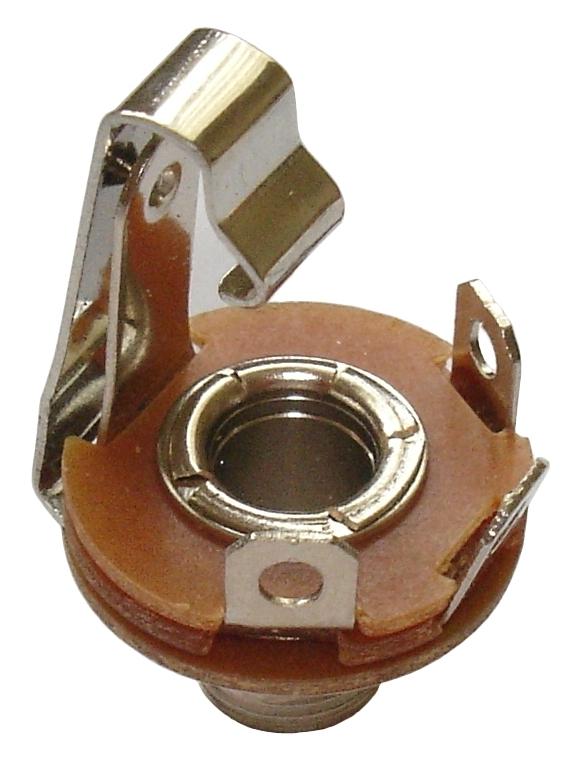One of these can help pull knobs with no damage. 
http://www.stewmac.com/Luthier_Tools/Tools_by_Job/Maintenance/Knob_and_Bushing_Puller.html
Could be fabricated with a little ingenuity.
Or the cheaper version... I have this one. It works ok.
http://www.stewmac.com/Luthier_Tools/Tools_by_Job/Maintenance/Knob_Puller.html

http://www.stewmac.com/Luthier_Tools/Tools_by_Job/Maintenance/Knob_and_Bushing_Puller.html
Could be fabricated with a little ingenuity.
Or the cheaper version... I have this one. It works ok.
http://www.stewmac.com/Luthier_Tools/Tools_by_Job/Maintenance/Knob_Puller.html


 the last pic is how it looked before.
the last pic is how it looked before.


 ).}
).}